Foundation Repair Timing and Tips
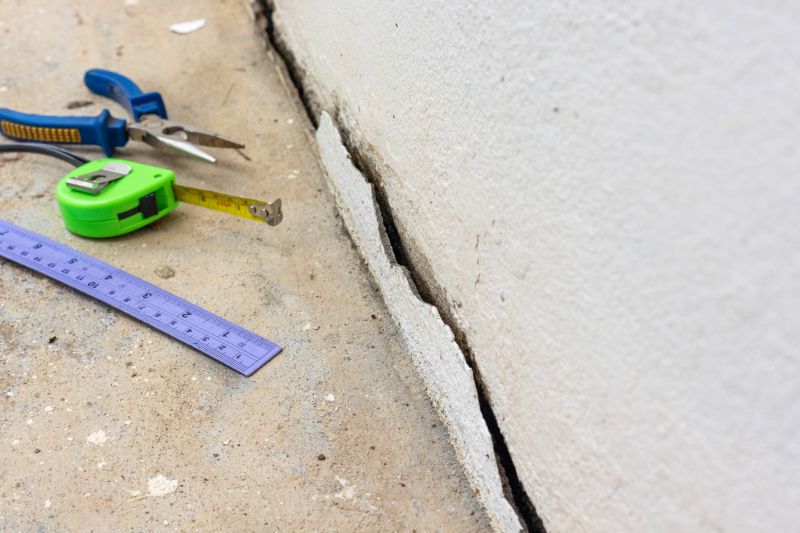
Spring offers favorable conditions for foundation repairs due to moderate temperatures and manageable moisture levels.
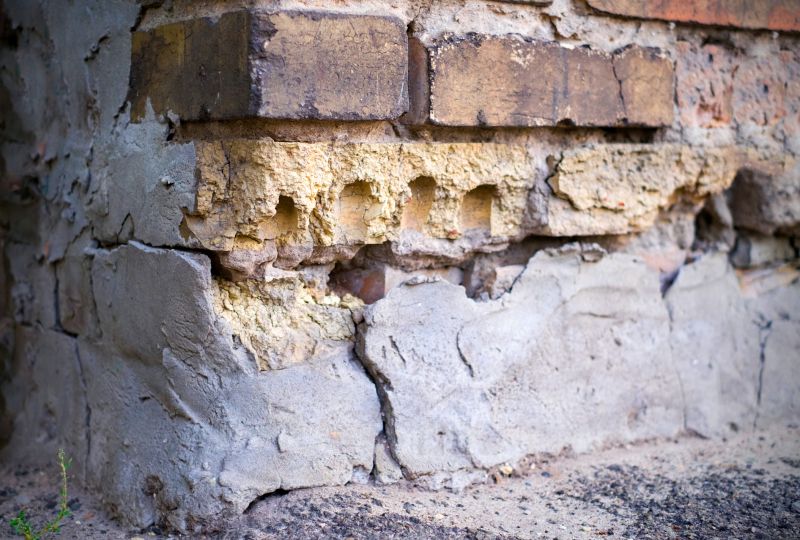
Summer can be suitable when soil moisture is consistent, but extreme heat may cause challenges.

Fall provides cooler temperatures and stable soil conditions, making it ideal for repairs.

Winter is generally less suitable due to freezing temperatures and frozen ground, which can hinder repair work.

The best time for foundation repairs is typically during spring or fall, when soil conditions are most stable.
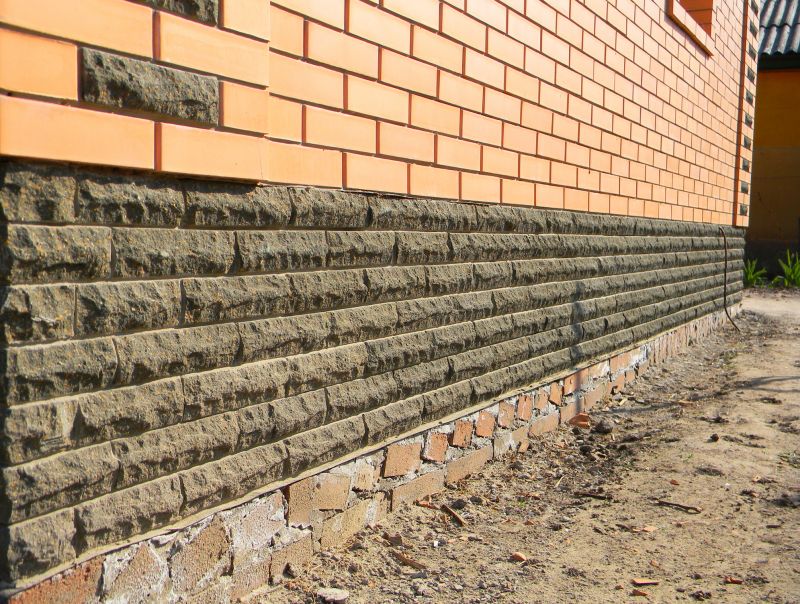
Finishes and colors that play nicely with Foundation Repairs.
Foundation repairs are essential for maintaining the structural integrity of a building. They address issues such as settling, cracking, and shifting that can compromise safety and property value. Proper timing of repairs can minimize disruption and ensure long-lasting results. Soil conditions, weather patterns, and moisture levels influence the effectiveness and ease of repair work. Performing repairs during optimal seasons can reduce complications caused by extreme temperatures or moisture fluctuations.
Cracks in walls, uneven flooring, and sticking doors may indicate foundation problems requiring repairs.
Common repairs include piering, underpinning, and sealing to stabilize and restore the foundation.
Addressing issues early can prevent further damage and reduce repair costs over time.
Expansive clay soils and moisture fluctuations are key factors influencing foundation stability.
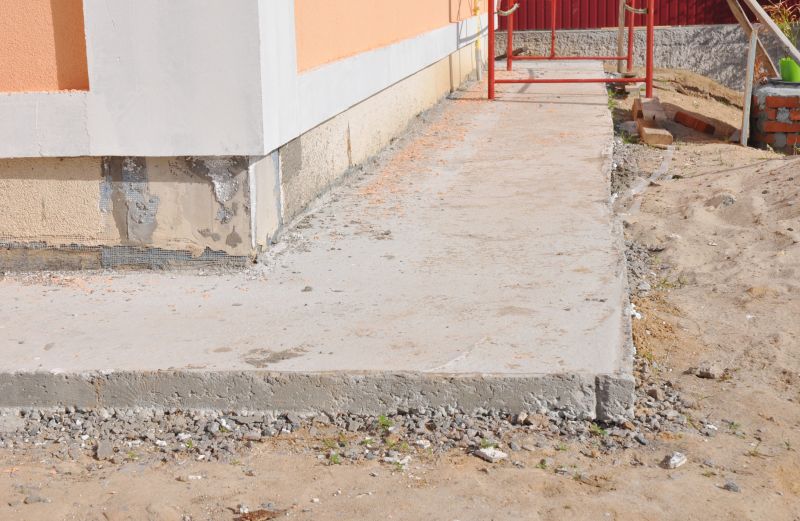
A systematic approach involves assessment, planning, and execution to restore stability.
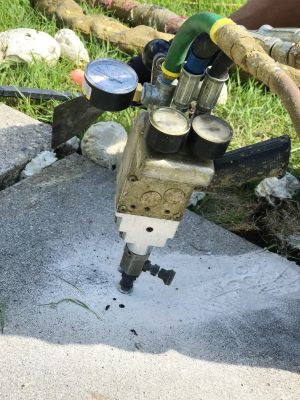
Heavy-duty jacks, piers, and sealing materials are commonly employed during repairs.
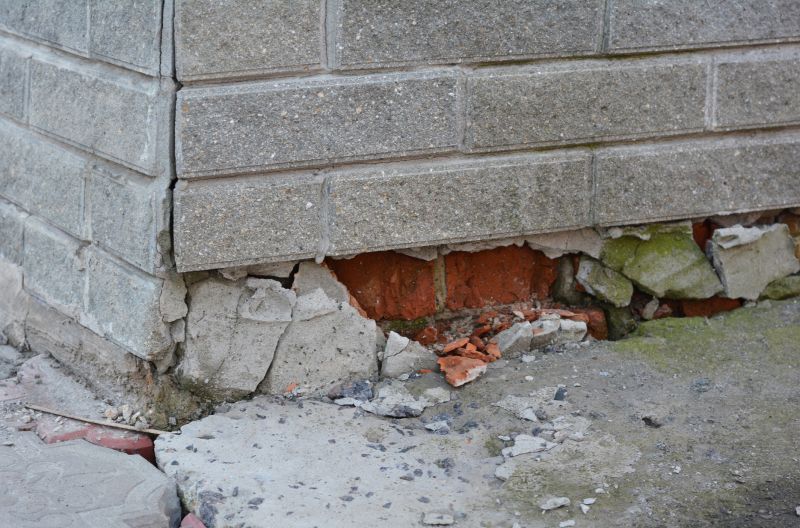
Proper repairs can significantly improve the structural integrity and appearance of a property.
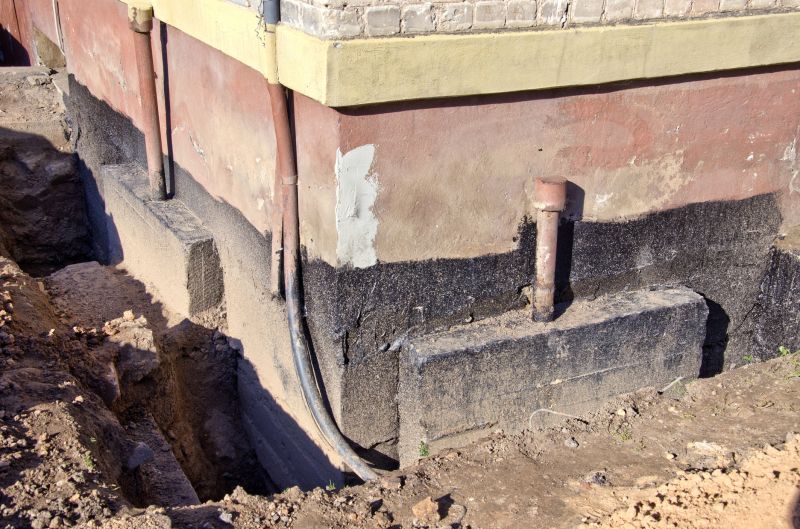
High-quality concrete, steel piers, and waterproofing membranes are essential components.

Little measurements that prevent headaches on Foundation Repairs day.

A 60-second routine that keeps Foundation Repairs looking new.
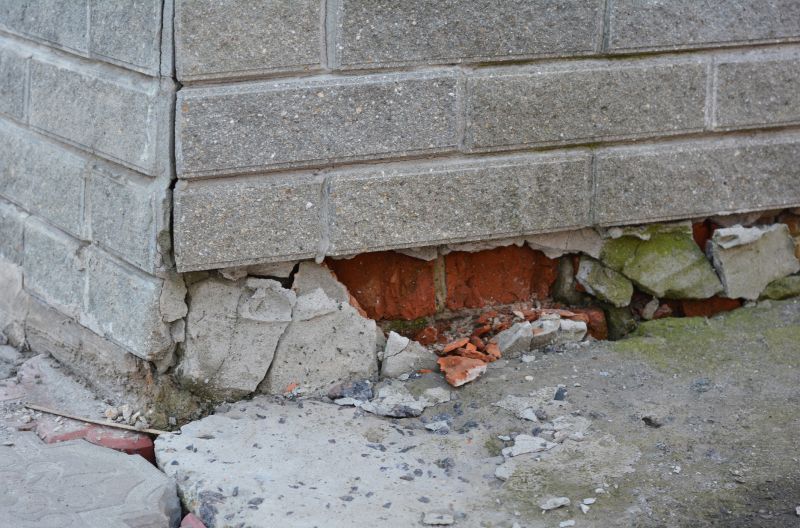
A frequent mistake in Foundation Repairs and how to dodge it.

Small tweaks to make Foundation Repairs safer and easier to use.
| Season | Ideal Conditions |
|---|---|
| Spring | Moderate temperatures, manageable moisture levels |
| Summer | Stable soil moisture, avoid extreme heat |
| Fall | Cooler temperatures, stable soil conditions |
| Winter | Freezing temperatures, generally unsuitable |
| Optimal Season | Spring or fall for best results |
Foundation repairs are critical for ensuring the safety and stability of a property. The timing of these repairs can influence their success and longevity. Seasonal considerations, soil conditions, and weather patterns all play a role in determining the most appropriate time to undertake foundation work. Proper planning and execution by experienced professionals can help prevent future issues and maintain property value.

Cracks in walls and floors are common indicators of foundation movement.

Piering stabilizes the foundation by transferring load to stable soil layers.
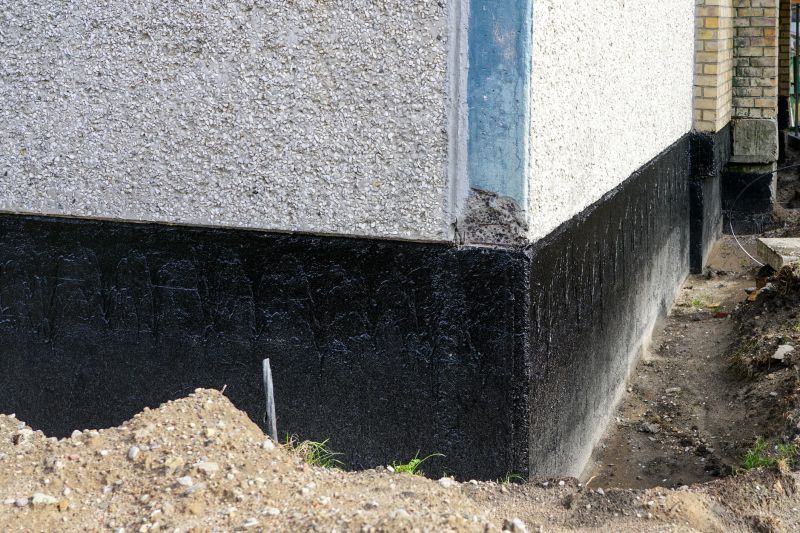
Moisture management and soil treatments can prevent future foundation issues.

Lower-waste or water-saving choices for Foundation Repairs.

The short, realistic tool list for quality Foundation Repairs.

Rough timing from prep to clean-up for Foundation Repairs.
Interested in foundation repairs? Filling out the contact form can connect property owners with experienced specialists to assess and address foundation concerns effectively.

